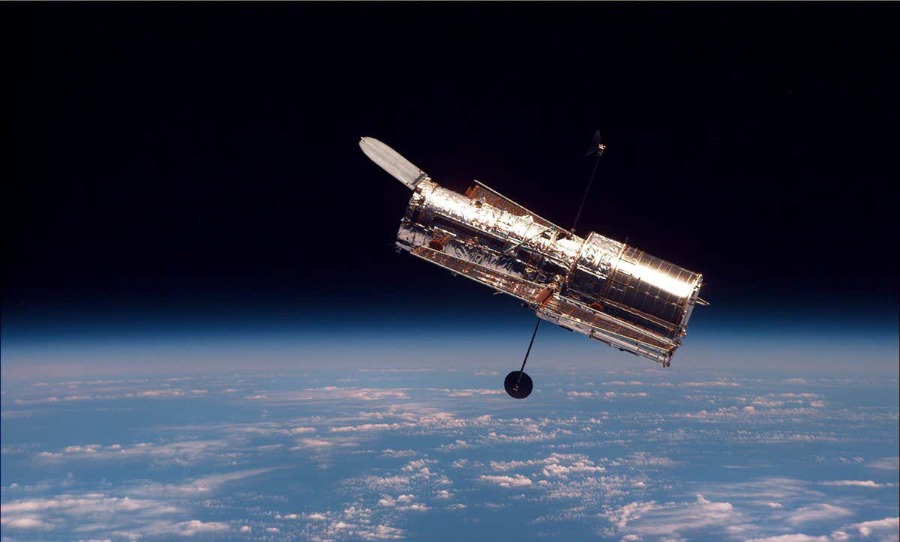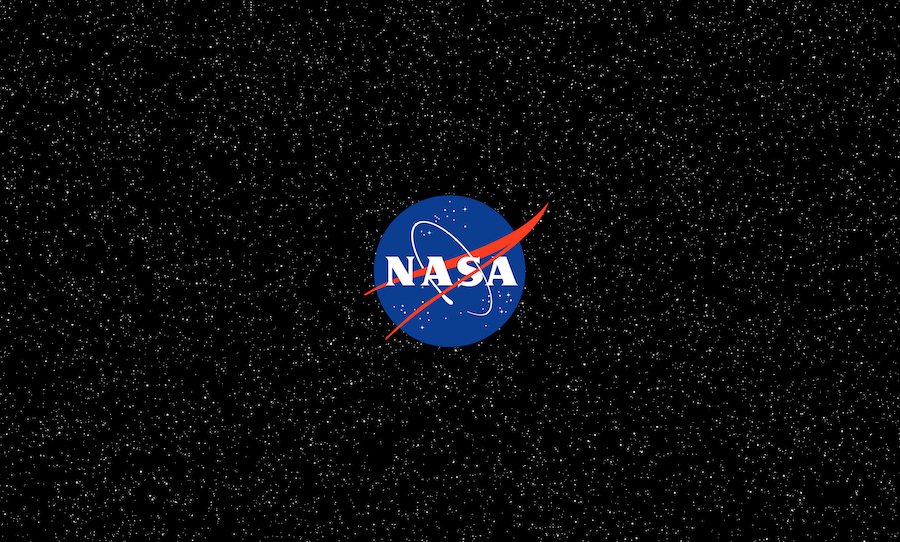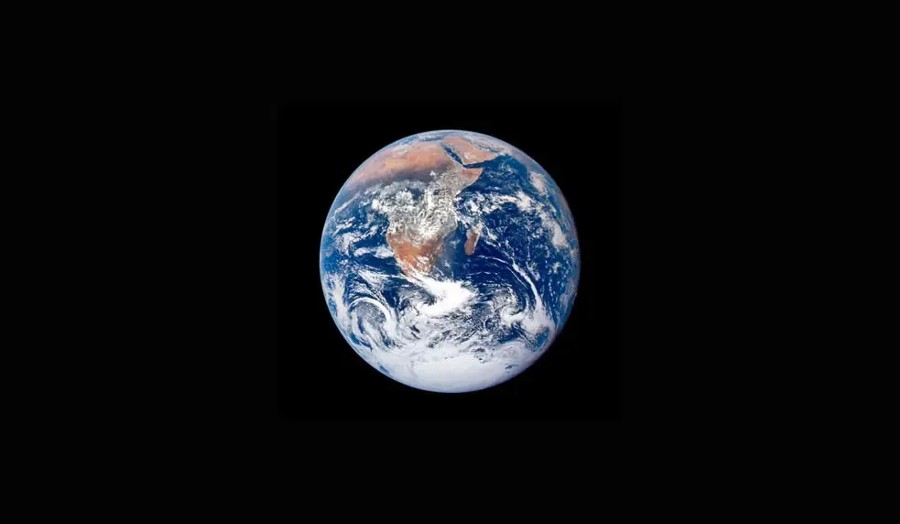The European Space Agency’s Hubble Telescope has discovered that we significantly underestimated the growth rate of the universe.
Last week, Cornell University published groundbreaking research from the European Space Agency that unveiled the most accurate method for tracking the growth of the universe.
Using the Gaia spacecraft, the new method involves spacial scanning which allows for a more precise calibration of the universe and mitigates “pixel-to-pixel calibration errors.”

The six-year research measured the exact distance between the stars to calculate the universe’s expansion speed. The Hubble Space Telescope then calibrated the “extragalatic distance ladder” and refined the determination of the “Gaia EDR3 parallax offset.” Woah.
7 years ago #OTD @ESAGaia was launched, to study more than a billion stars in our Milky Way! ⭐⭐⭐
The latest Gaia data contains incredible amounts of information about older and younger stars out towards the very edge of our galaxy. https://t.co/FIhJXq5ytV pic.twitter.com/uth7wmzVUm
— ESA Science (@esascience) December 19, 2020
What scientists are left with is the measurement of over 1.3 billion stars and the speed at which they interact with each other. It is estimated that the universe is currently expanding at a rate of 67 kilometres per second per megaparsec.
ESA/Hubble #Flashback: This NASA/ESA Hubble Space Telescope image features galaxy cluster IDCS J1426.5+3508.
Credit: @NASA , @ESA , @Hubble_Space and A. Gonzalez, A. Stanford, and M. Brodwin https://t.co/JfgqHAi3xc pic.twitter.com/IH4dIRTmsR
— HUBBLE (@HUBBLE_space) December 22, 2020
The research keeps track of tiny changes in the stars, ultimately measuring cosmological distances. Hubble’s measurements have reached 1.8% precision as opposed to previous methods that “consistently over[shot] the mark.”
Researchers reckon that this error margin could reach 1.3% accuracy in the near term as the Hubble Space Telescope continues to be refined.
How extragalatic is that?



